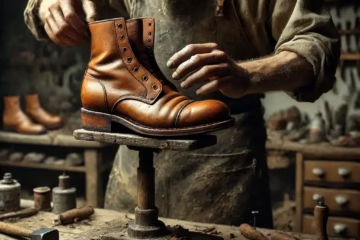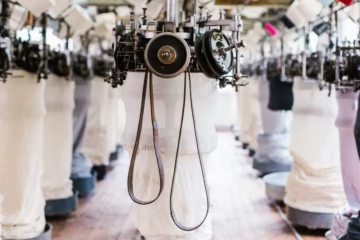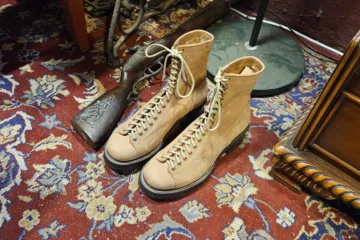A simple explanation about Crepe Soles
Published by Tom on
If you ask anyone about the composition of classic shoes or boots, typically they will say, leather and leather soles. Yet, a milder, less regular soles show up now and again— the crepe rubber sole. This creased, padding material is acclaimed for showing up on the bottom of the shoes, such as Common projects chelsea boot, Sanders Olly Suede Brogues from my review, and other numerous brands. Crepe soles were initially utilized in warm-weather footwear, settling on them a perfect decision for an upgrade to summer shoes.
Lately, crepe soles have multiplied into a broad scope of shoe and boot styles. The soles, produced using textured sheets of coagulated latex, are discernibly flexible, a component that adds to every wearer’s comfort. The stacked crepe sole is also following ongoing trends; they give shoes a somewhat chunkier appearance, opposing the clean and smooth styles of present-day dress shoes.
Sometimes, people confuse natural rubber crepe soles with the TPU crepe soles. TPU crepe soles are the manufactured variant seen on some of the cheaper shoes.
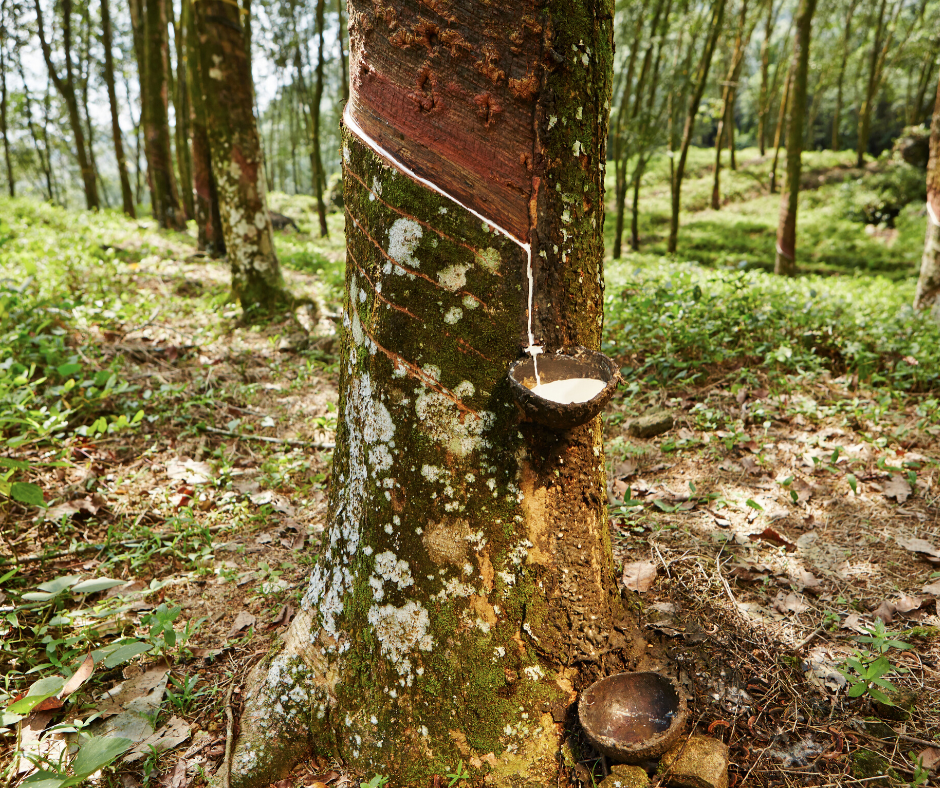
How are Crepe Soles Made?
Crepe soles are made using several steps that can ultimately lead to a beautifully crafted crepe sole. It includes choosing the right type of rubber, extracting or harvesting it properly, and the main production phase of the crepe sole making process.
Crepe soles are from a natural material dominantly produced using latex, which is a microscopic level separated rubber. Rubber gets extracted from trees like the Pará rubber tree. After the latex is made, the latex gets thickened to form a semi-solid substance. Afterwards, it is crushed, pressed, and rolled into sheets utilizing several specialized machines.
Later, a durable material, the sheets of crepe rubber, is then sent to the makers, such as Clarks or Yuketen, which produce a lot of crepe-soled shoes, to be cut into soles for shoes and boots.
Different sorts of crepe rubber are accessible, and they use slightly different production procedures. For example, Estate Brown Crepe and Pale Latex Crepe are two popular types. However, the core procedure of the coagulating latex method is similar.
Crepe rubber is usually sweet-smelling and creased in appearance. However, textures and composition can change from sole to sole. Some crepe rubbers can be quite hard and nearly resemble the leather sole’s hardness upon buying; they require breaking in. Meanwhile, others will be softer and give a more footing structure from the get-go.

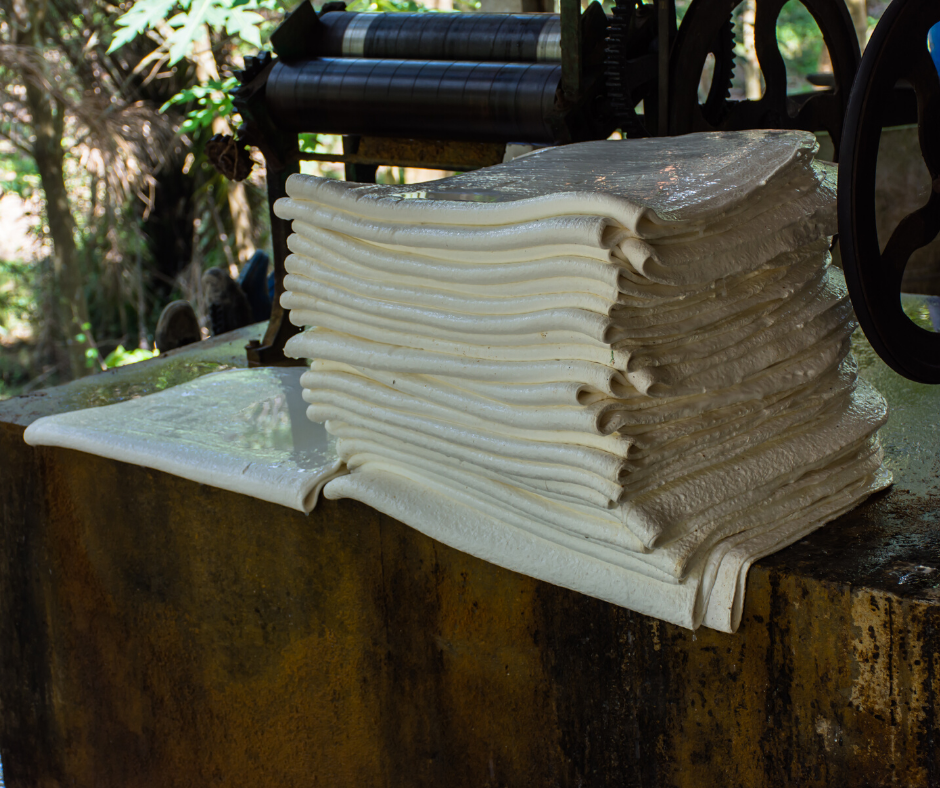
What are the main reason why crepe soles are used?
First, crepe soles look great. A crepe sole has consequently been a backbone of the British footwear scene since the 1940s. Since then, they are used frequently in fashion shoes because of their look.
Second, crepes are famous for comfort because of increased protection at the midfoot. It bolsters the normal flexing foot movement. The thousands of air bubbles inside the materials go about as a type of shock absorption that protects your tendons and ligaments.
Third, it provides an excellent grip because of its open pores. You won’t have to worry about suddenly sliding down the alley or hallway because of your crepes soles.
Crepe rubber is additionally a clean and sustainable material with the trees utilized in the production of the natural latex that is ready to be reaped for more than 40 years. Crepe soles are also biodegradable after its use.
The goods and bads of crepe soles
Benefits of a crepe sole
Several advantages come into mind when it comes to having or using a crepe sole. Here are just some of the said advantages:
- Comfort. Comfort is by far on the top of the list when using a crepe sole. Crepe soles soften more and more with each wear, and it provides an excellent grip and cushioning for your feet. Some individuals even claim that crepe soles are the most comfortable type of soles. Most brands of shoes sometimes add crepe soles version on their main models to give a more comfortable option.
- Sustainability. It is a known fact that merely tapping rubber does not harm rubber trees. Likewise, a single tree can be tapped for as long as 40 years regularly. It can produce up to 19 pounds of latex rubber every year.
- Affordability. Crepe rubber is an extremely affordable material. Thus, it can lower the production costs of shoes that use these soles.
Problems of a crepe sole
Aside from the advantages mentioned above, crepe soles also have disadvantages that are worth taking notes. These include:
- Cracking. Crepe soles can wear out much quicker and crack if used on hard and rough surfaces such as concrete. How long the soles remain functional is highly dependent on how thick it has been cut.
- Cleaning. Cleaning is one of the notable disadvantages of a crepe sole. As time passes by, dirt accumulates on the crepe sole and can be challenging to clean. It would give you a hard time bringing back to the old colour of a crepe sole. You may be able to remove some surface marks, but the discolouration of a crepe sole is often irreversible.
- Resoling. Many crepe soles are not replaceable and not even repairable.
